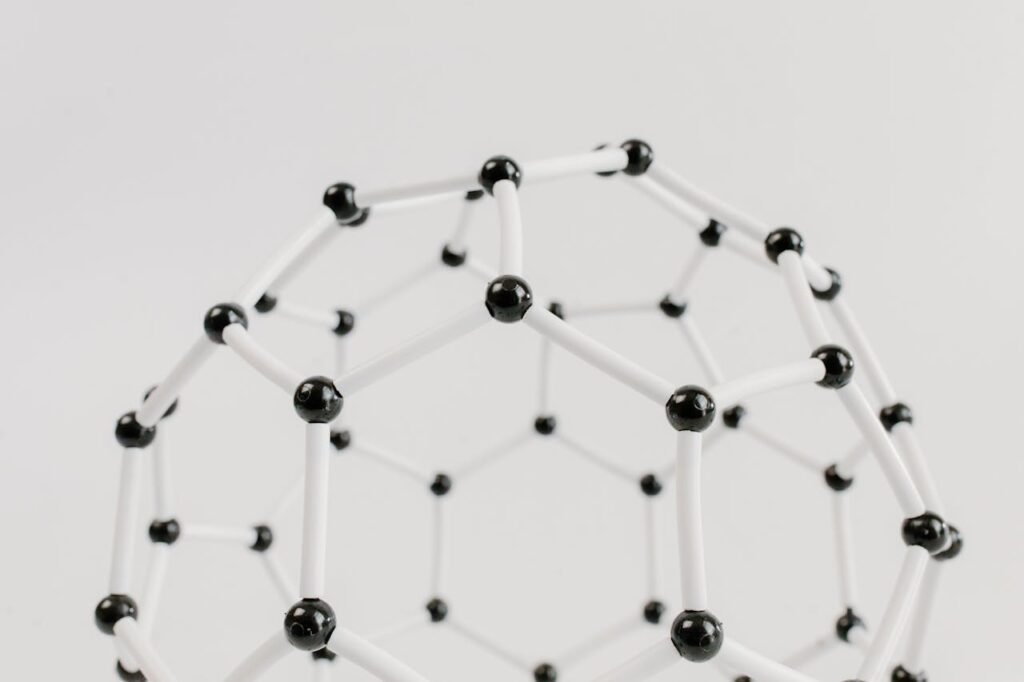Have you ever wondered why water stays as water, or why salt doesn’t fall apart into powder the moment you touch it? The answer lies in something very tiny but very powerful—bonds. Bonds are what hold atoms together to make molecules, and they are the reason everything around you exists in the form it does.
Without bonds, there would be no air to breathe, no food to eat, no plants, no animals, and no humans. Atoms would float around alone, never connecting, never creating. Bonds are like the glue of the universe, the invisible forces that make sure atoms don’t just drift apart.
But here’s the exciting part—you don’t need to be a scientist with a lab coat to understand bonds. They are not complicated once you see them for what they really are: tiny attractions, like friendships, between atoms. Some bonds are strong, some are weak, and some can break and reform to make brand-new substances.
In this article, we’ll explore how atoms stick together, the different kinds of bonds, and why they matter in our daily lives. By the end, you’ll see that the story of bonds is really the story of how matter itself comes alive.
What Are Atoms and Molecules?
Before we talk about how molecules stick together, we need to understand what they are made of. Everything in the world—your body, the chair you sit on, the food you eat, even the air you breathe—is made up of atoms.
Atoms: The Tiny Building Blocks
An atom is the smallest unit of matter that still keeps its identity. Imagine Lego bricks. Each Lego brick on its own is small and simple, but when you connect them, you can build cars, houses, or castles. Atoms are like those Lego bricks of the universe.
Atoms are so tiny you cannot see them with your eyes, not even with a regular microscope. But scientists know they are there, and they’ve learned a lot about how they behave. Every atom has three main parts:
- Protons (positively charged)
- Electrons (negatively charged)
- Neutrons (no charge)
The protons and neutrons sit in the center, called the nucleus, while the electrons move around the outside like little buzzing bees.
Molecules: Atoms Teaming Up
Atoms don’t usually stay alone. They like to join with other atoms to make something new. When two or more atoms stick together, they form a molecule.
For example:
- A single oxygen atom is just oxygen, but two oxygen atoms together (O₂) make the oxygen we breathe.
- Two hydrogen atoms and one oxygen atom form a water molecule (H₂O). That tiny combination is what fills oceans and rivers and quenches your thirst.
Think of molecules as groups of friends. Some are small groups, like two or three atoms. Others are huge gatherings, with thousands of atoms all bonded together.
Why Atoms Join Together
Atoms join to form molecules because they want stability. Alone, many atoms feel “unfinished,” as if they are missing something. By joining with other atoms, they complete themselves. It’s a bit like two puzzle pieces snapping together to make a whole picture.
This is where bonds come in. Bonds are the forces that hold atoms together when they decide to team up. Without bonds, atoms would never form molecules, and molecules would never form the matter that makes up the world.
The World Made of Molecules
From the water in a glass to the wood in your desk, from the bread you eat to the clouds in the sky—everything is made of molecules. And those molecules are made possible because atoms learned how to stick together.
So, if atoms are Lego bricks, then molecules are the castles, cars, and bridges built from them. And bonds? Bonds are the clicks that hold the Lego bricks in place so the structure doesn’t fall apart.
The Different Types of Bonds
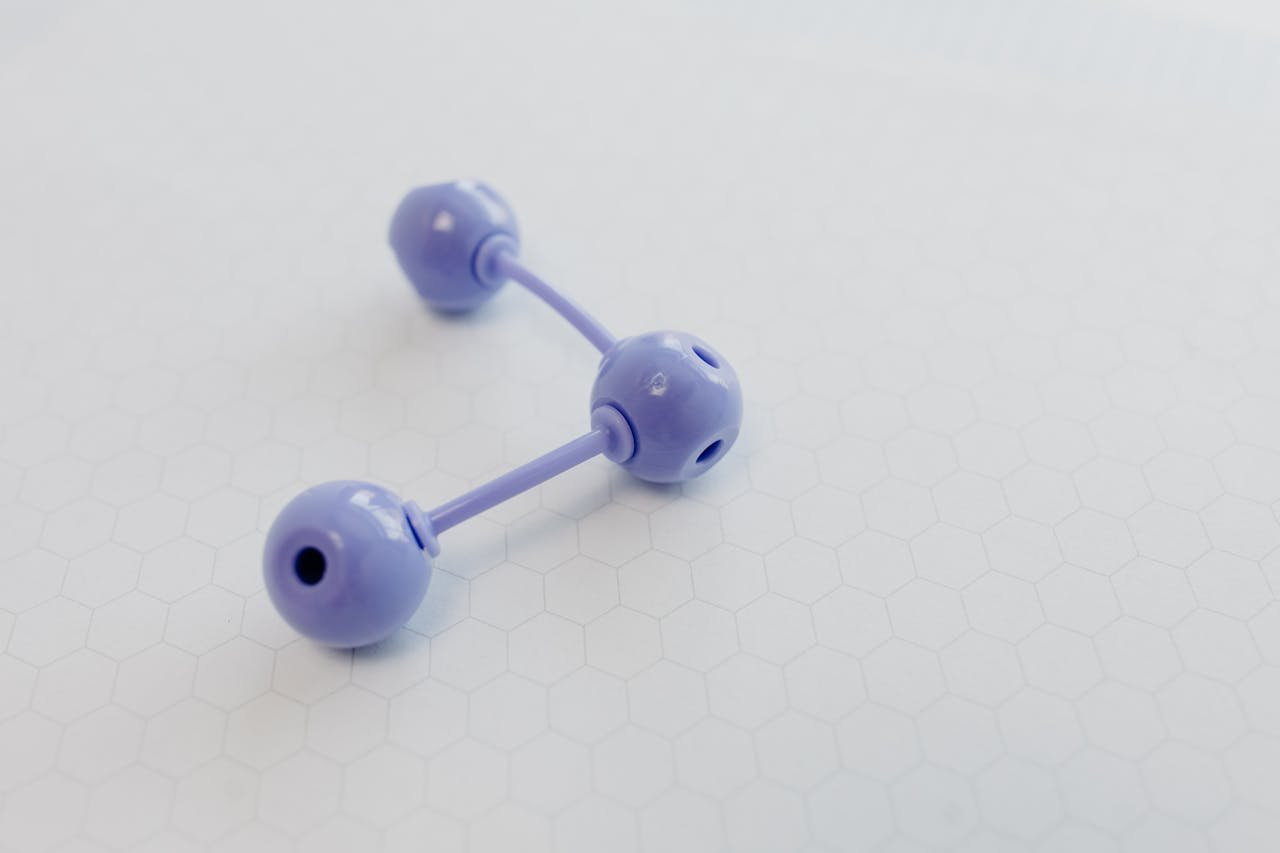
Atoms don’t all stick together in the same way. Just like friendships can be strong, loose, or somewhere in between, chemical bonds also come in different types. The main ones are ionic bonds, covalent bonds, and hydrogen bonds. Let’s explore them one by one.
Ionic Bonds: Giving and Taking
Imagine two kids at lunch. One has too many snacks, and the other has none. The first kid shares their extra snack with the second, and now they’re both happy. This is what happens in an ionic bond.
In an ionic bond, one atom gives away an electron, and another atom takes it. This giving and taking makes both atoms stable. Because one now has a positive charge and the other has a negative charge, they stick together—just like opposite ends of a magnet.
Example: Table salt.
Salt is made of sodium (Na) and chlorine (Cl). Sodium gives up an electron to chlorine. Sodium becomes positive, chlorine becomes negative, and the two cling together. That’s the bond that makes salt crystals solid and strong.
Covalent Bonds: Sharing is Caring
Now imagine two kids who each have half a toy. Neither one is happy alone, but when they decide to share, they both get to play. This is a covalent bond.
In a covalent bond, atoms share electrons instead of giving them away. By sharing, both atoms feel complete. These bonds are very strong, like holding hands tightly.
Example: Water (H₂O).
Each hydrogen atom shares an electron with oxygen. Together, they make a stable water molecule. That’s why water doesn’t fall apart easily—it’s held together by strong sharing bonds.
Covalent bonds are everywhere. They make up most of the molecules in your body, from DNA to proteins. Without sharing bonds, life would not exist.
Hydrogen Bonds: The Gentle Stickiness
Hydrogen bonds are weaker than ionic or covalent bonds, but they are still very important. Think of them like Velcro. They aren’t as solid as glue, but they hold things together gently, and when many are used, they become surprisingly strong.
Example: Water molecules.
A single water molecule is held together by covalent bonds. But water molecules also like to stick to each other through hydrogen bonds. That’s why water can form drops, why it can flow smoothly, and why insects like water striders can even walk across its surface.
Hydrogen bonds also hold together the two strands of DNA, the blueprint of life. Without these bonds, DNA wouldn’t keep its famous double-helix shape.
Why Different Bonds Matter
Each bond type has its role. Ionic bonds make strong solids like salt. Covalent bonds build life’s essential molecules. Hydrogen bonds create flexibility and gentle connections that make water and DNA so special. Together, they form the hidden architecture of the world.
Why Bonds Matter in Everyday Life
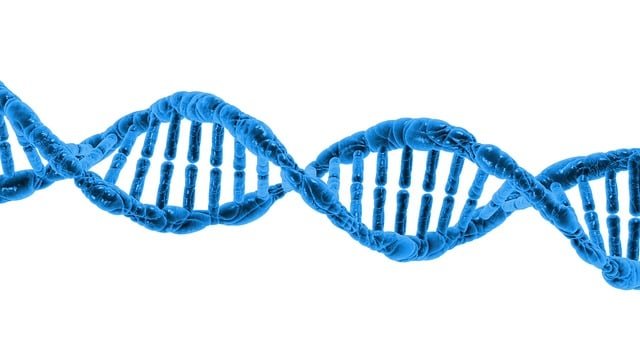
Bonds might sound like something invisible and far away, but they are the reason life feels the way it does. Every sip of water, every bite of food, every beat of your heart depends on atoms sticking together in just the right way. Let’s look at some familiar examples.
Water: The Bonded Miracle
Water is one of the best examples of why bonds matter. Inside each water molecule, hydrogen and oxygen are held tightly together by covalent bonds. But that’s not all. Between water molecules, there are also hydrogen bonds.
These hydrogen bonds give water its special powers. They let water form droplets, climb up plant stems, and carry nutrients through your body. Without these bonds, water would just act like any other liquid, and life as we know it would not exist.
Food and Cooking
Bonds are everywhere in the kitchen. When you bake bread, proteins in the flour form new bonds, creating a stretchy network that traps gas bubbles. That’s why bread rises and becomes fluffy. When you cook an egg, heat breaks some bonds in the proteins and allows new ones to form, turning the egg white from clear liquid to firm solid.
Even taste and smell depend on bonds. The molecules that make strawberries sweet or onions sharp are all held together by covalent bonds. Without them, food would have no flavor.
Technology and Materials
The objects we use every day—plastics, metals, glass, and fabrics—all rely on different kinds of bonds. Plastic, for example, is made from long chains of covalently bonded molecules. These bonds give it flexibility and strength.
Metals, like iron and copper, have their own type of bond called metallic bonding, where electrons move freely. This is why metals are shiny and conduct electricity so well. When you turn on a lamp or use a phone, bonds are working quietly behind the scenes.
In Our Bodies
Your body is a living laboratory of bonds. Proteins, DNA, and even the energy your cells use are built on bonds forming, breaking, and reforming.
- DNA, your genetic code, is held together by hydrogen bonds.
- Proteins, which build your muscles and enzymes, are made of covalent bonds between amino acids.
- The energy your body uses comes from breaking and reforming bonds in molecules like glucose and ATP.
Even something as simple as breathing involves bonds. Oxygen molecules you inhale have bonds that hold them together until your body uses them in reactions.
Nature’s Balance
Bonds don’t just shape us—they shape the Earth itself. Rocks and minerals are made of strong bonds between atoms. Plants use bonds in photosynthesis to turn sunlight into food. Animals rely on bonds in fats and sugars for energy. Everywhere you look, bonds are the hidden ties that keep the world balanced and alive
Why It Matters
When we understand bonds, we realize chemistry isn’t distant—it’s happening right here, in our food, our homes, our bodies, and our planet. Bonds are the invisible glue that makes life possible. Once kids see this, science no longer feels abstract—it feels personal.
How Bonds Break and Reform: The Secret of Chemical Reactions
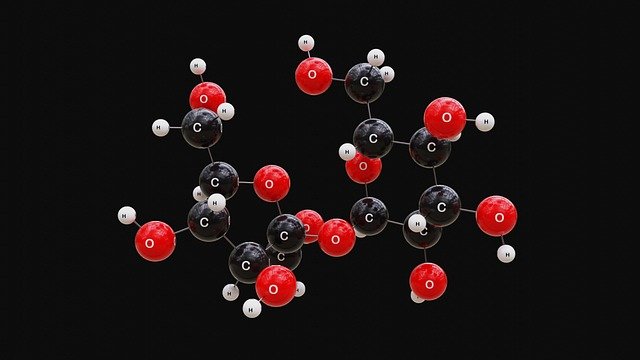
Bonds may seem like permanent glue, but they are not. Bonds can break, and when they do, atoms can rearrange themselves to form new bonds. This process is what we call a chemical reaction.
Breaking Bonds
Breaking a bond takes energy. Think of it like snapping a rubber band—it resists at first, but with enough pull, it breaks. When bonds in molecules break, the atoms become free to move and look for new partners.
For example, when you light a candle, heat from the flame breaks the bonds in the wax molecules. Those atoms then combine with oxygen in the air, creating new molecules like carbon dioxide and water vapor. That’s why a burning candle slowly disappears—it’s being transformed through bond breaking and reforming.
Making New Bonds
Once bonds break, atoms don’t just float around forever. They quickly find new partners and form new bonds. Making bonds often releases energy. That’s why some reactions, like burning wood, feel hot—they give off heat as new bonds form.
Other reactions absorb energy when they form bonds. These reactions feel cold, like when baking soda and vinegar react. Energy is taken in, so the temperature drops slightly.
Everyday Examples of Bond Changes
Bond breaking and reforming is happening constantly in daily life.
- Cooking: When you boil an egg, the heat breaks some bonds in the egg proteins. New bonds form, turning the egg from runny to solid.
- Rusting: When iron rusts, oxygen in the air breaks old bonds in the metal and forms new ones with iron atoms, creating rust.
- Digestion: When you eat food, enzymes in your stomach break the bonds in sugars, proteins, and fats. New bonds form to release energy for your body.
Even breathing is about bonds. Oxygen you breathe in helps break down glucose in your cells, releasing energy and forming carbon dioxide, which you breathe out.
Why Bond Changes Are So Important
Bond breaking and reforming is the heart of chemistry. It’s how molecules change into new ones, and it’s why the world is never static. Without chemical reactions, food wouldn’t cook, fuel wouldn’t burn, plants wouldn’t grow, and our bodies wouldn’t function.
Think of it like a dance. Bonds are the handholds between dancers. Sometimes the dancers let go (bonds break), and then they grab new hands (new bonds form). The dance keeps going, and the patterns keep changing—that’s chemistry in action.
The Energy Connection
Every chemical reaction involves energy because bonds are all about energy. Breaking bonds requires energy, while forming bonds releases it. That’s why reactions can either give off heat and light (like fire) or absorb heat and feel cold (like certain mixtures).
This connection between bonds and energy explains everything from how we stay alive to how cars run to why stars shine in the sky.
Fun and Simple Experiments Kids Can Try to See Bonds in Action
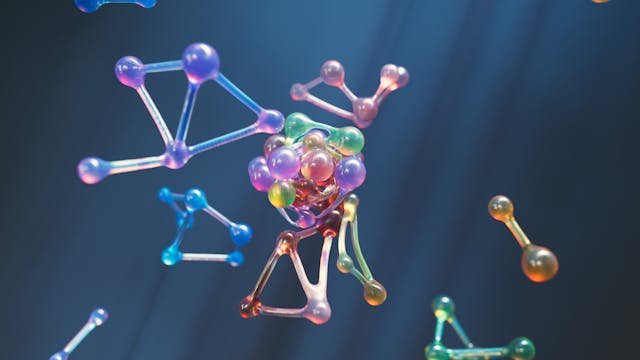
Bonds are too small to see with our eyes, but their effects are not. With just a few safe household items, kids can watch bonds breaking, forming, and rearranging in ways that feel almost magical.
1. The Vinegar and Baking Soda Fizz
This is one of the most famous kitchen experiments. Put a spoonful of baking soda into a small cup, then slowly pour in vinegar. Almost instantly, it will fizz and bubble.
What’s happening?
Bonds inside the baking soda (a base) and vinegar (an acid) are breaking and rearranging. When they meet, they form new molecules—water, carbon dioxide gas, and a type of salt. The fizzing you see is the gas escaping. It’s a perfect example of old bonds breaking and new ones forming.
2. The Egg in Vinegar
Place an egg in a cup of vinegar and leave it for a day or two. The eggshell will slowly dissolve, leaving only the soft inner membrane.
What’s happening?
The vinegar breaks the bonds in the calcium carbonate of the shell. New bonds form to make carbon dioxide bubbles (which you’ll see on the shell’s surface). This is why the shell disappears and the egg becomes “naked.”
3. Making Slime
Mix white glue with a bit of water and food coloring, then add a small amount of borax solution (with adult help). In seconds, it turns into stretchy slime.
What’s happening?
The glue contains long molecules called polymers. When you add borax, it creates new bonds between those chains, linking them together. Instead of staying liquid, the mixture becomes solid and stretchy. This shows how bonds can completely change the texture of a material.
4. Melting and Freezing Ice
Put some ice cubes in a bowl and watch them melt into water. Then freeze the water again.
What’s happening?
This is not a chemical change, but it’s still about bonds. The hydrogen bonds holding water molecules in a solid structure (ice) break when it melts. When you freeze it again, the molecules form bonds to lock into solid form. It’s a gentle reminder that bonds are everywhere—even in something as simple as ice and water.
5. Stretching Marshmallows in the Microwave
Place a marshmallow in the microwave for a few seconds and watch it puff up.
What’s happening?
Inside the marshmallow, bonds in the sugar and gelatin form a structure that traps tiny air bubbles. Heating breaks some of those weak bonds, and the air expands, making the marshmallow grow. When it cools, the bonds reset, leaving a new texture.
Why Experiments Matter
These experiments may seem simple, but they are powerful. They let kids connect what they learn about invisible atoms and bonds with something they can see, touch, and even taste. When children watch fizzing bubbles, soft eggs, or stretchy slime, the abstract idea of “bonds” suddenly feels real and exciting.
Bonds and Life: How They Shape Our Bodies and the Natural World
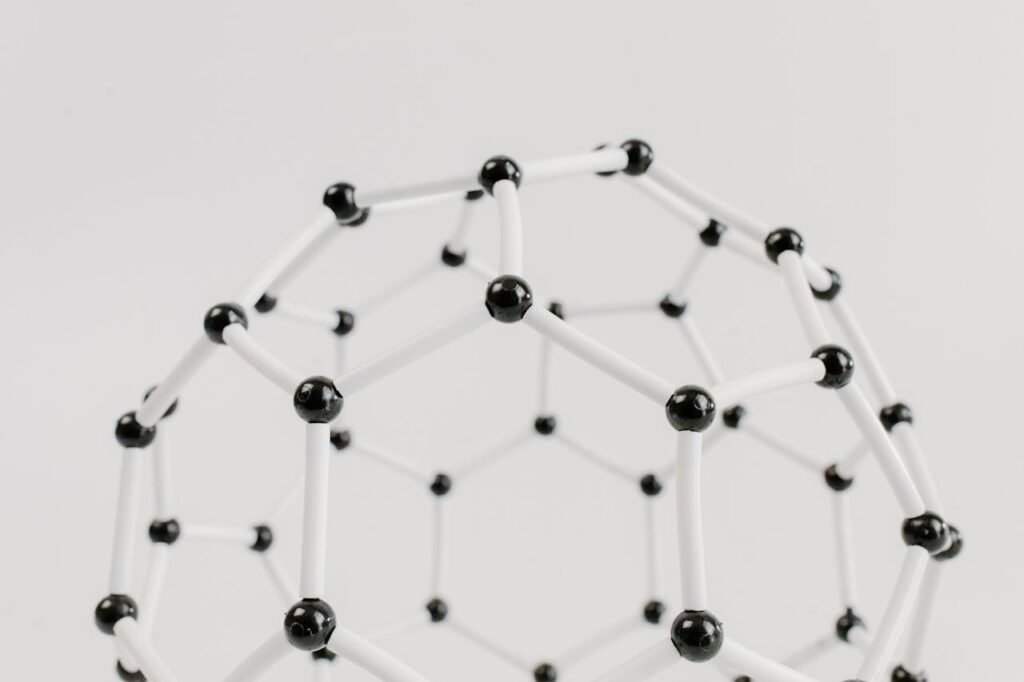
Without bonds, life simply wouldn’t exist. Every cell in your body, every leaf on a tree, and every breath you take depends on atoms joining together in just the right ways. Bonds are not just glue for molecules—they are the language that nature uses to build, repair, and grow.
DNA: The Blueprint of Life
Inside almost every cell of your body is DNA, the molecule that carries your genetic code. DNA is shaped like a twisted ladder, known as the double helix. What holds that ladder together? Bonds.
The “rungs” of the DNA ladder are connected by hydrogen bonds. These bonds are weaker than covalent or ionic bonds, but they’re perfect for DNA. They hold the strands together, but they’re flexible enough to let DNA unzip when it needs to copy itself during cell division. Without these bonds, DNA couldn’t work as life’s instruction manual.
Proteins: Building Blocks of the Body
Proteins make up your muscles, hair, skin, and even the enzymes that speed up reactions in your body. Proteins are chains of smaller molecules called amino acids, all linked by covalent bonds.
But proteins don’t just stay as straight chains. They fold into complex shapes, held together by different bonds, including hydrogen bonds. The shape of a protein is what gives it its special job—like carrying oxygen, building tissues, or breaking down food. If the bonds break in the wrong way (for example, when a protein is overheated), the protein can no longer do its job.
Energy: Bonds as Fuel
Every move you make—every blink, every step, even the beating of your heart—depends on energy. Where does that energy come from? From breaking and forming bonds.
Glucose, the sugar in your food, has bonds that store energy. When your body breaks these bonds in a process called respiration, the energy is released and captured in molecules called ATP. Your cells then use ATP to power everything you do. In other words, energy is stored in bonds, and life runs on breaking and remaking them.
Plants: Masters of Bond Making
Plants use sunlight to build bonds. In photosynthesis, plants take carbon dioxide from the air and water from the soil. Using energy from sunlight, they rearrange the atoms and form new covalent bonds to make glucose, their food.
This process doesn’t just feed plants—it feeds the entire planet. The glucose plants make becomes the starting point for food chains. And the oxygen they release (a byproduct of breaking bonds in water) gives us the air we breathe.
Nature’s Materials
Bonds also shape the materials we find in nature. Wood, shells, rocks, and even spider silk all owe their strength and structure to the way atoms bond together. Spider silk, for example, is one of the strongest natural fibers known. Its strength comes from a mix of covalent and hydrogen bonds working together.
Why It Matters
When kids realize that bonds aren’t just about salt or water but about life itself, science feels deeply personal. Bonds are in our DNA, our food, our energy, and even the world’s ecosystems. They are the invisible threads that weave life together.
How Debsie Makes Learning About Bonds Simple and Fun

At Debsie, we believe that even the most “complicated” science topics—like chemical bonds—can be explained in ways that children not only understand but also enjoy. Bonds may seem like invisible forces, but with the right teaching style, they become stories, games, and experiments that children can connect to their daily lives.
Turning Bonds Into Stories Kids Remember
Instead of starting with heavy terms like “ionic” or “covalent,” our teachers explain bonds through simple, story-like images. An ionic bond becomes a tale of one atom “gifting” an electron to a friend who really needs it. A covalent bond becomes a story of two atoms “holding hands” and sharing what they have. Hydrogen bonds are described as gentle Velcro connections—weak on their own but powerful when many come together.
By turning science into relatable stories, children remember and feel the concept instead of just memorizing it.
Hands-On Fun With Everyday Experiments
Debsie lessons go beyond words on a page. We guide kids through safe, simple experiments they can try at home, like mixing vinegar and baking soda to watch bonds break and reform, or boiling red cabbage juice to see how bonds give water its special properties. These activities transform abstract chemistry into something children can see, hear, and touch.
When a child watches an egg’s shell dissolve in vinegar or slime form from glue and borax, they are not just playing—they’re watching bonds in action. That kind of learning sticks for life.
Gamified Learning That Feels Like Play
We know kids learn best when they are engaged. That’s why Debsie lessons are designed like interactive challenges. Children might take on the role of “bond detectives,” solving puzzles by figuring out whether an atom wants to “give,” “take,” or “share.” They earn points, level up, and unlock new challenges as they go. This gamified approach turns curiosity into excitement and makes even tricky science feel like a fun adventure.
Linking Science to Real Life
Our teachers always connect chemistry back to everyday experiences. We show kids that bonds are in the bread they eat, the soap they use, the water they drink, and even the air they breathe. By pointing out how bonds shape their daily lives, we help children see that science is not hidden in a lab—it’s happening right in their own homes and bodies.
Teachers Who Inspire Confidence
Debsie’s partner teachers are not only experts in their subjects but also skilled at speaking a child’s language. They explain clearly, patiently, and in ways that spark curiosity instead of fear. When a child learns about bonds with Debsie, they don’t just understand the topic—they feel proud, confident, and eager to keep exploring science.
At Debsie, we make sure bonds are not just taught but experienced. With stories, experiments, games, and real-life examples, children discover that chemistry is not distant or difficult—it’s exciting, simple, and part of their everyday world.
Conclusion: The Invisible Glue That Holds Life Together
Bonds may be too small to see, but they are the reason everything around us exists. They hold atoms together to form molecules, they shape water, food, and DNA, and they power every chemical reaction that makes life possible. From the strength of rocks to the softness of bread, from the sparkle of metals to the energy in our bodies—bonds are the invisible glue holding the universe together.
For kids, understanding bonds is not just about learning chemistry—it’s about learning to see the hidden connections in the world. Suddenly, a glass of water isn’t just water, but a network of molecules sticking together. A slice of bread isn’t just food, but proteins and sugars bonded in complex ways. Life itself becomes a giant puzzle of atoms joining, breaking, and reforming bonds in an endless dance of change.
At Debsie, we bring this hidden world to life. Through stories, fun experiments, and gamified learning, we make bonds simple, engaging, and unforgettable. With the right guidance, children don’t just study science—they discover it in their kitchens, their classrooms, and even within themselves. And that discovery sparks curiosity, confidence, and a love of learning that lasts a lifetime.
👉 Book a free trial class today
👉 Explore Debsie’s courses to help your child fall in love with science and see the magic behind how the world truly works.
Read Next:
